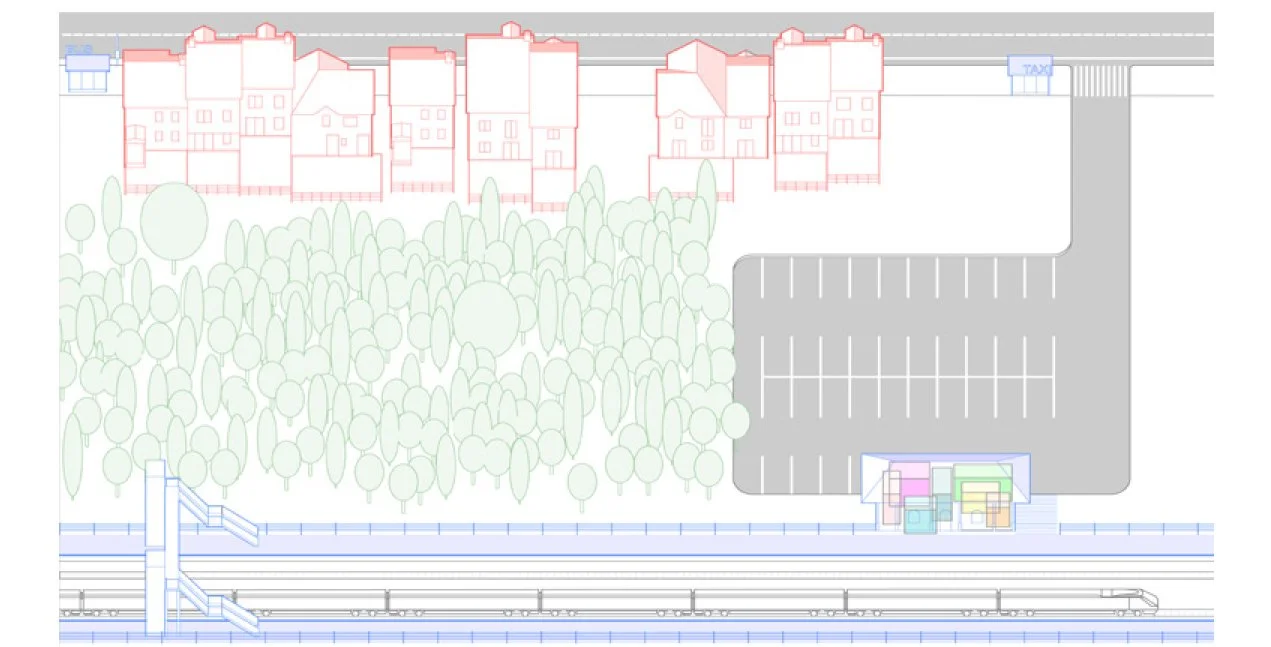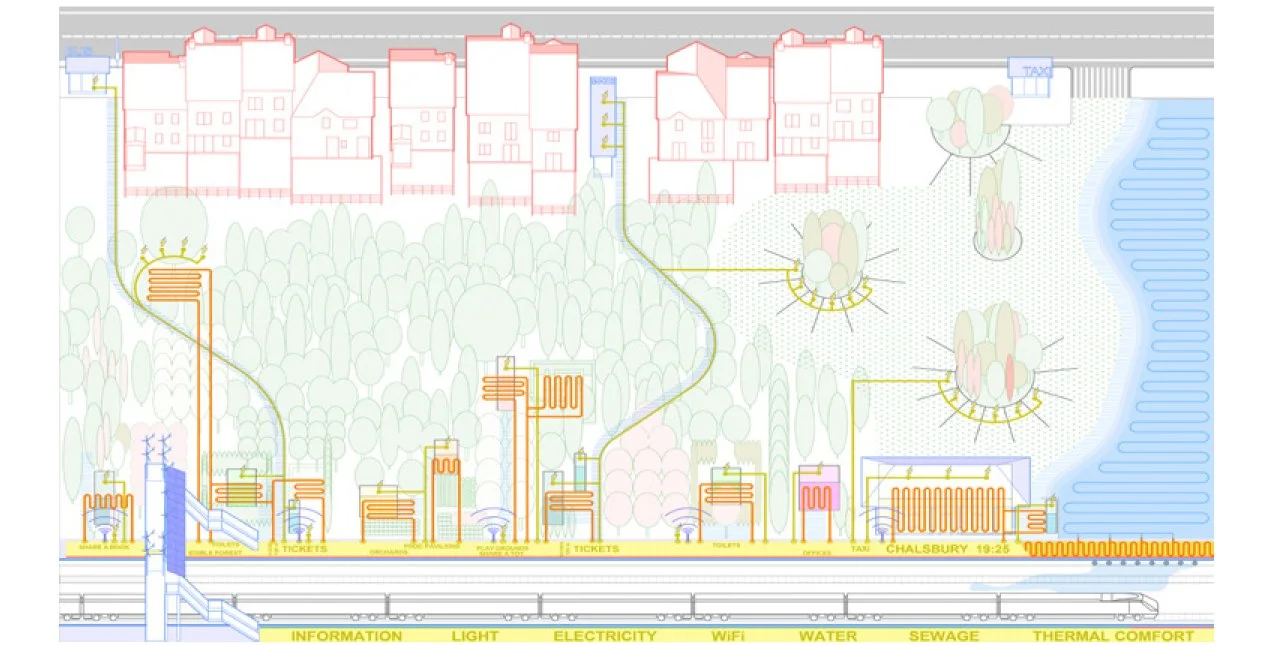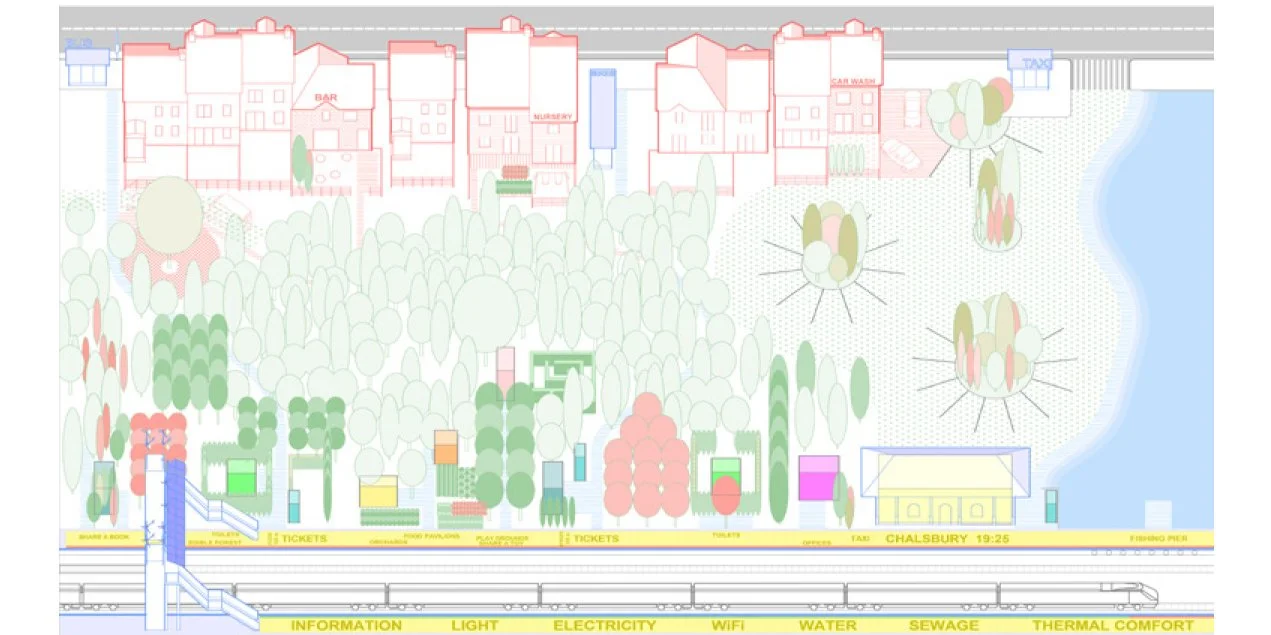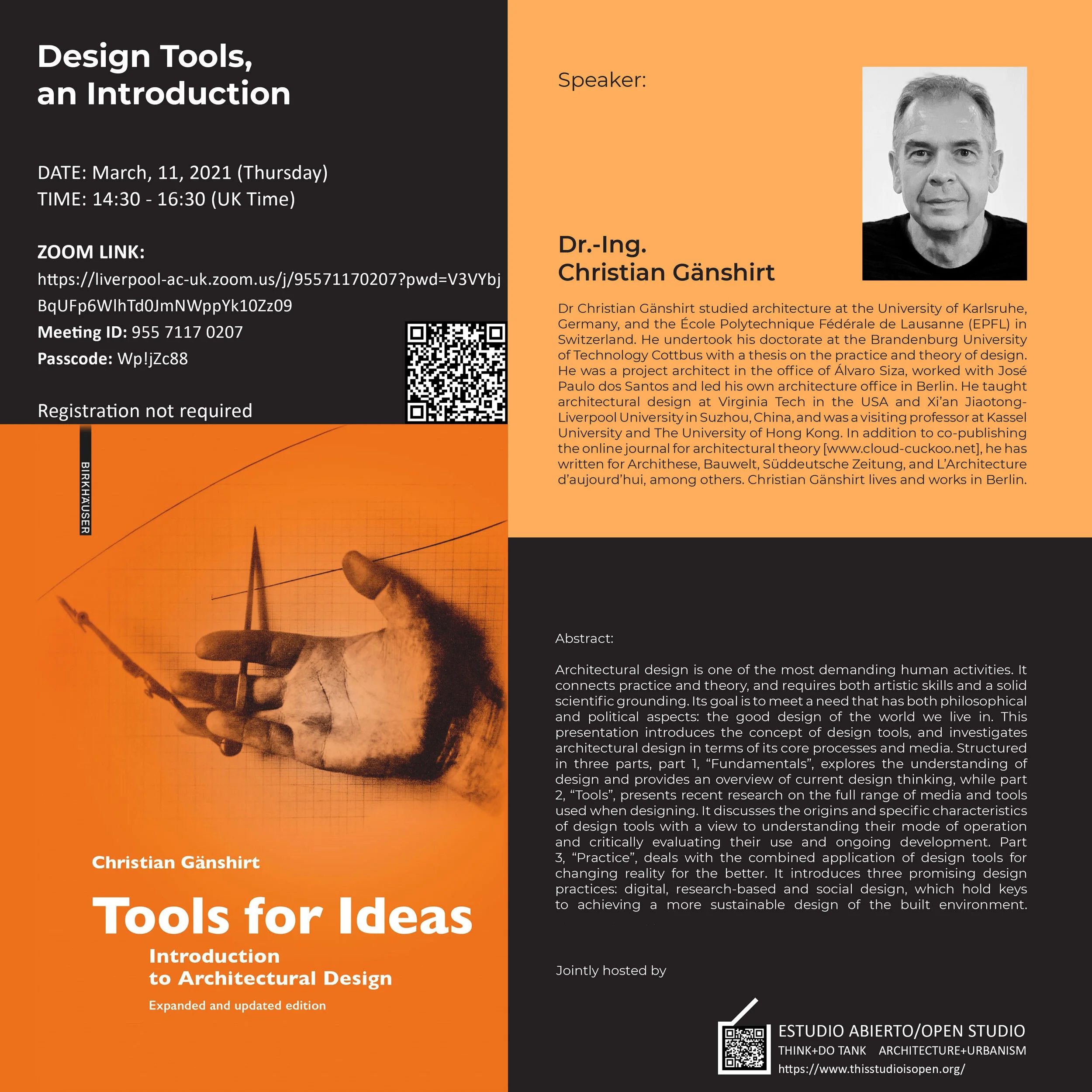RE-IMAGINING RAILWAY STATIONS: Connecting Communities
TOP-BOTTOM-UP STATION
Our imagination is inspired by the daily activities among the community. Our design aims to connect urban and architectural approaches through community participation.
In the urban context, we challenge the existing situation and propose a more integrated and permeable system. Driven by the situation post-Covid-19, we adapt the platform to create a fun ‘street experience’ that addresses social distancing measures. The landscape is used as an essential tool for creating ecological infrastructures and as a space-maker in cooperation with small architectures. In this way, the station is transformed into a natural garden for everyone. The platform provides open access to essential facilities (thermal comfort, electricity, information and WiFi coverage), all powered by sustainable energy. The bottom-up initiatives will manage some of the services offered in the station. As a positive result, this top–bottom and bottom-up cooperation can reduce the initial investment, boosting the local economy and facilitating growth and de-growth processes in the future.
The pop-up coffee shop
PROBLEMSCAPE: Station is closed to the surroundings. Station building as a complicated mix of uses. Platform as a corridor. Hard-surface parking. Tracks flooding.
PERMEABILITY and DISPERSION: Open the station and connect it to other transportation modes close by. The old station becomes a clean, open space available to the community.
LANDSCAPE as INFRASTRUCTURAL and ARCHITECTURAL TOOL: Infrastructural landscape creates eco-friendly parking (bioswales) and tackles rail track flooding (retention pool), promoting local ecosystems. Landscape also cooperates with architecture in enclosing the space.
TECHNICAL INFRASTRUCTURE (SUPER-SURFACE): the platform transforms into a technological infrastructure that provides sustainable energy, thermal comfort, information and WiFi (super-surface).
BOTTOM-UP INITIATIVES: The open space and free facilities of the station trigger bottom-up initiatives from surrounding communities and boost local economy. These informal initiatives can grow and decrease according to demand without burdening public finances.
View from the platform
Three components are used for creating space: the local community, architecture and the landscape.
Inspired by memorial benches, people’s memories are celebrated through their contributions to the new station (art, furniture, equipment or other objects).
Reused local architectural elements are embedded into the pavilions as a part of the heritage.
The characteristics of the local landscape will also provide a unique emotion for each station.
The architectural heritage elements and the contributions from the community create a myriad of domestic-scale welcoming atmospheres which provoke different activities.
The new architectural frames surround the ambiences creating semi-open spaces for hosting the different programmes.
The landscape cooperates with the architecture in closing the space creating a garden experience for waiting and visiting.
Solar and thermodynamic panels and a ground-source heat pump system below the bottom of the retention pool will provide sustainable access to affordable thermal comfort, energy and information. The electroluminescent surface of the new platform will light the space, displaying constant information to make the experience safer and more inclusive.
The free facilities offered to the community will be paid back by triggering people’s cooperation and boosting bottom-up initiatives that complement the station’s services.
View from the pedestrian bridge
TEAM:
Paco Mejias Villatoro, Junjie Xi, Yang Di, Minyu Huang, Zijian Wan and Zhuoping Sun.







![CALL FOR CONTRIBUTION: Next50: Collective Futures / Edited Book on Bangladesh's Built Environment [in collaboration with ContextBD]](https://images.squarespace-cdn.com/content/v1/5413a4cae4b00c34afd5bbe9/1602858823972-S0ZM3KZPLEQZXRM11TV4/Final%2B18X60%2B-%2BCopy.jpg)

